The twelve tracks on the album reflect a rare kind of sincerity and raw effortlessness, and the dynamic flow and ambiguous textures make it clear Huddleston does not operate within any limits. This music exists in a plane of its own.
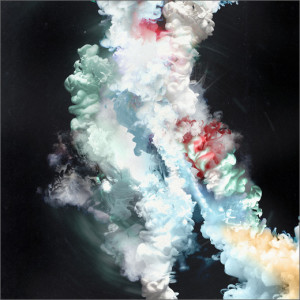 “I think every craftsman who works with integrity, without creative limits, creates work that is a reflection of their soul. I am what’s unique about my business. My pieces are a projection of myself; they’re moody and imperfect. I create things that touch me and wait for someone else to be touched, too.” These are not the words of the mysterious, UK-based ambient producer Dennis Huddleston (aka 36). These are the words of Edith Bourgault, a talented ceramics artist from Canada. When I read those words in a blog feature I recently came across on Etsy, I immediately thought about Dream Tempest—36’s latest creation.
“I think every craftsman who works with integrity, without creative limits, creates work that is a reflection of their soul. I am what’s unique about my business. My pieces are a projection of myself; they’re moody and imperfect. I create things that touch me and wait for someone else to be touched, too.” These are not the words of the mysterious, UK-based ambient producer Dennis Huddleston (aka 36). These are the words of Edith Bourgault, a talented ceramics artist from Canada. When I read those words in a blog feature I recently came across on Etsy, I immediately thought about Dream Tempest—36’s latest creation.
The twelve tracks on the album reflect a rare kind of sincerity and raw effortlessness, and the dynamic flow and ambiguous textures make it clear Huddleston does not operate within any limits. This music exists in a plane of its own. Furthermore, the music is quite moody. “It still has that glowing melancholy I just can’t seem to shake from my music, but in a very different way to the pitch-black isolation of Lithea“ as Huddleston puts it. That glowing melancholy has somewhat become 36′s trademark over the years. So where does imperfection come into the equation? “I want to create something that you can listen to 10-20 years later and still feel a connection to” Huddleston says in the album notes on the Bandcamp page. It was probably that thought that fueled the creative process of Dream Tempest. With this 6th album as 36, Huddleston expands and deepens his sound and style. The feel is almost like that of an intense live record, even though Dream Tempest is studio-based. The movement is not surgically accurate, and the sound is judiciously spiced with effects and manipulation; it’s possible to feel that Huddleston knows exactly when to let go and leave details as they are in order to maintain effectiveness, interest, warmth and tension. He keeps the human touch. He has found the right doses, the right balance, and the result is spellbinding.
This is not my first encounter with 36; his music has been recommended to me in the past and I have checked out a couple of his albums several times. Surprisingly, I couldn’t quite get into them, although after each time I tried, I felt that there was something I missed and that I should try again at some point. Dream Tempest, however, enchanted me immediately. Yes, it is probably the most accessible 36 record, but individuality and sincere artistic expression have not been sacrificed in order to achieve that accessibility. In fact, they have been intensified. Like any other good instrumental record, Dream Tempest leaves a lot of room for the listener’s own interpretation. Those with a sensitive heart and healthy imagination will find plenty to bask in within the luminous, magnetizing fabrics of the record. Even the beautiful, seductive artwork does not force any particular images on the mind when listening to the music.
One can’t deny though, that a sense of longing, perhaps for something lost or fondly remembered, or for something that has never been experienced before, pleasantly dominates a lot of the tracks. At times the sense is of a departure, one journey comes to an end, a new one begins. A fine balance between bitter and sweet, light and shadow, fear and hope. Now, perhaps this love affair with Dream Tempest will make it easier for me to discover the beauty in 36’s previous outputs, who knows…this could be the start of something beautiful. I will most certainly check them out once again. Fans of Marconi Union, Eno, Harold Budd, Carbon Based Lifeforms, and even Hammock or Slow Dancing Society, should get a copy of this evocative nocturnal creature. Did Huddleston manage to create a timeless piece of music? Well, only time will tell, but I have a feeling he did.






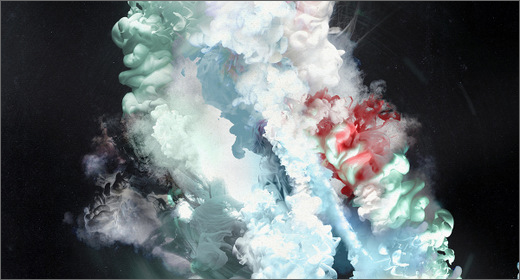


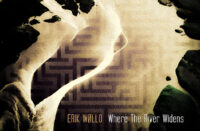

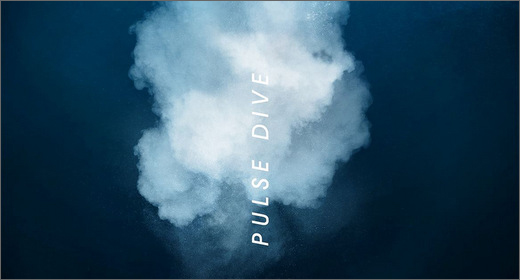

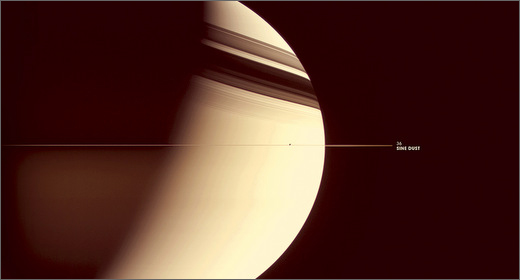
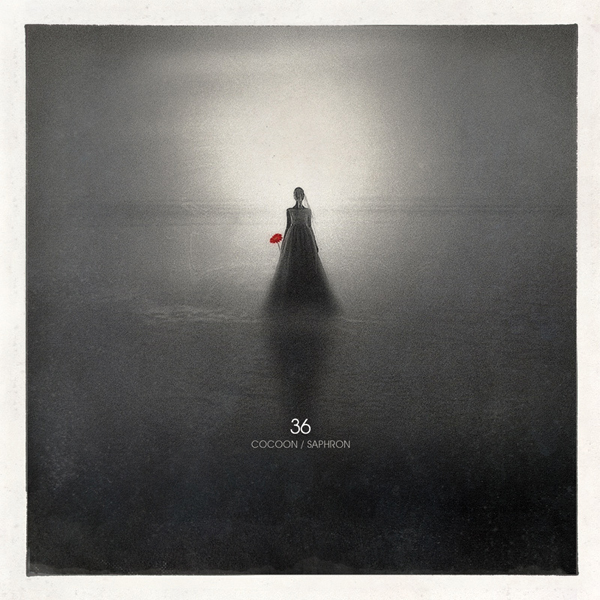
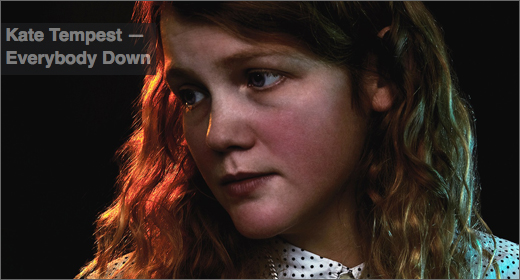
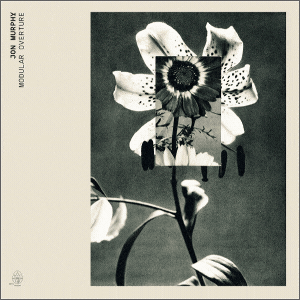







![Romanowitch :: A critical season substitute (glitch.cool) — [concise]](https://igloomag.com/wp/wp-content/uploads/2025/03/romanowitch-a-critical-season-substitute_tape_feat-75x75.jpg)

